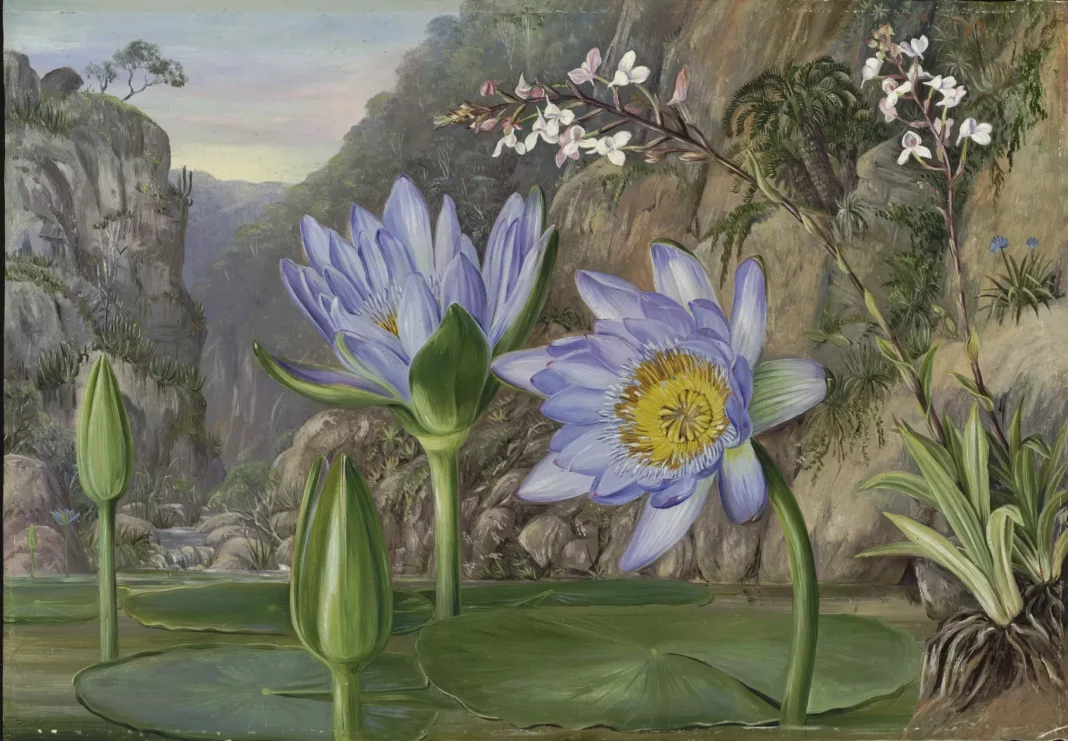Visiting friends in Hastings who live in a large, white house on the way to Hastings, Old London Road, now flats, prior a convent, I came across the botanist Marianne North (1830-1890) whose family had lived there. She was an intriguing woman, who travelled alone, at a time when few women did, to remote forests and jungles recording the plants as she went and she captured my imagination. Trying to find more information it seemed that few people knew her history which made it even more important to tell her story.
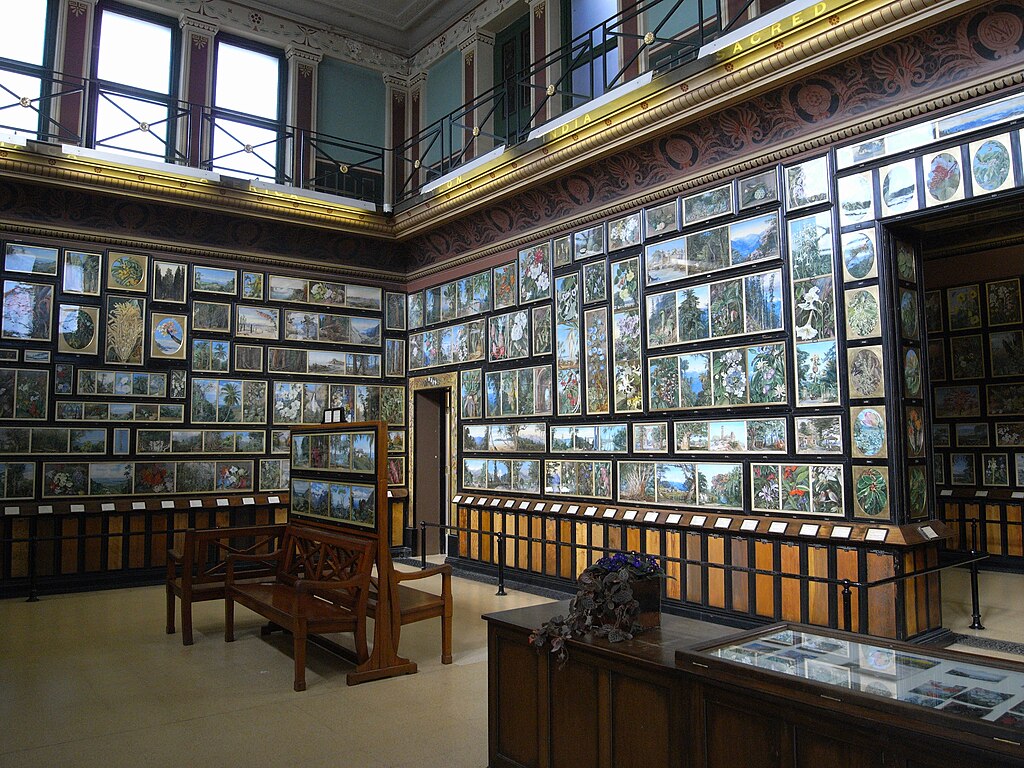
A visit to the Marianne North Gallery in Kew Gardens, built especially for her, brings to life her extraordinary paintings of foreign places and plants. The gallery, an interesting building in itself, is crammed with over 800 of her paintings which are impressive and overwhelming, embracing the visitor as they span across two rooms. Again few people seem to be aware that it exists, but the paintings are an important record of plants she saw, in their natural setting.
Frederick North (1835-1869), Marianne’s father and his wife had settled in Hastings and he was mayor from 1828-1931. Their daughter, Marianne North, was born 1830 into a wealthy and comfortable existence. She was self-educated with a lively mind and a sense of humour. Already as a young woman she was passionate, like her father, about plants, flowers and travelling. Marianne’s mother died in 1855. From then on father and daughter travelled extensively.
From her first visit to Kew’s Temperate House in the 1850s she dreamed of travelling the world seeking out beautiful and exotic things in nature to paint. When her father died she decided to make that dream a reality. Marianne, now about 40 years old, set off in 1871, taking only items she really needed. Her travels took her to Canada, America, Jamaica, Brazil, Tenerife, Portugal, India, Japan, Australia, Borneo, South Africa and more countries. Travelling by ship, steam boat, ocean liners, coach, horseback, whatever was available to get her to the next exotic plant to paint, was an adventure in itself.
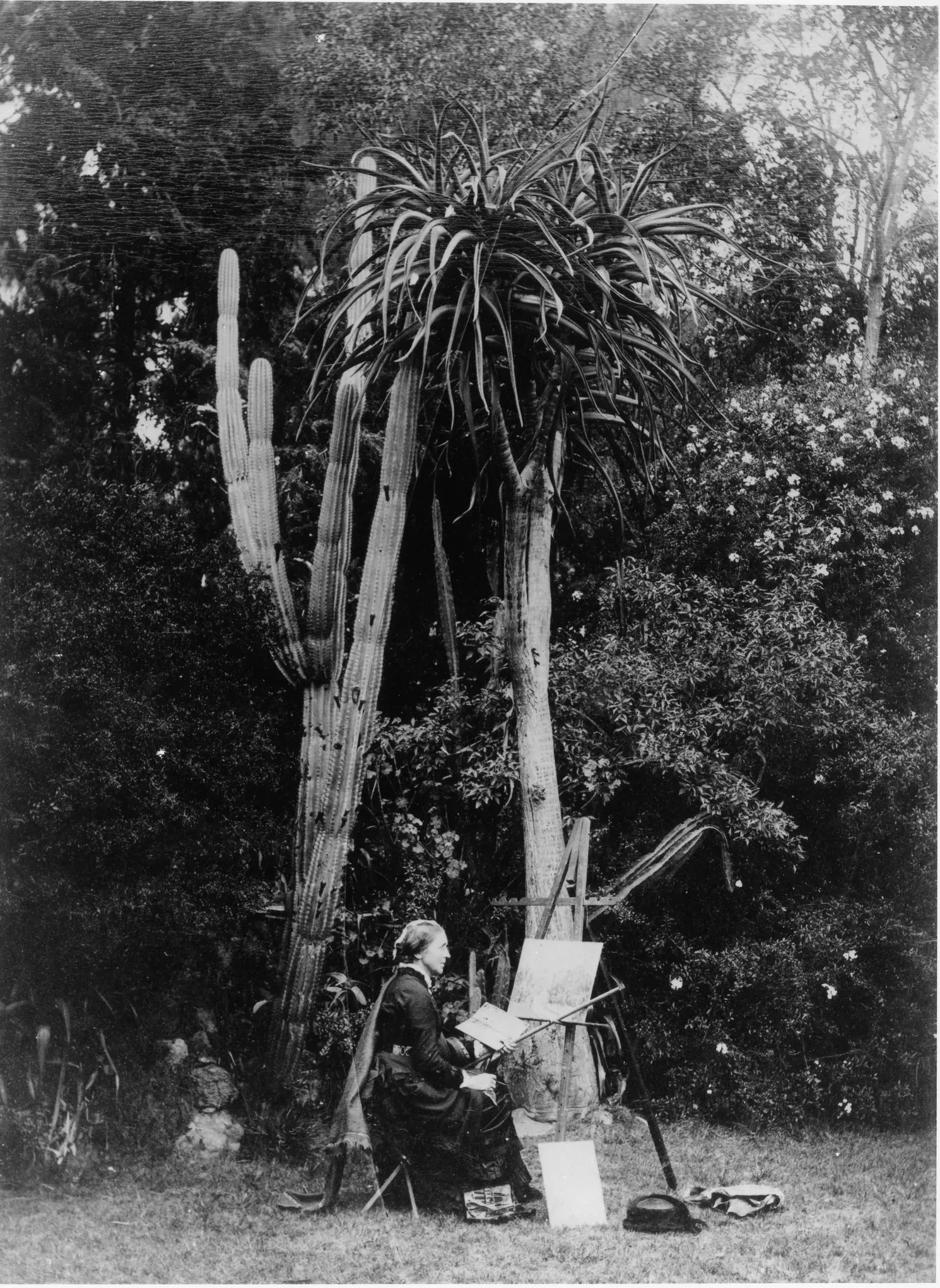
An intrepid woman, and remarkable botanist, Marianne met Darwin on her journey and he suggested she go to Australia to paint its unique vegetation. In 1879 she wrote to the then director of Kew Botanic gardens and offered to donate her collection of at least 843 oil paintings including a home that would be suitable to show the collection. She asked her friend, architectural historian James Ferguson to design the building. When it was finished she painstakingly arranged her prolific work carefully into a dense mosaic, according to location of subject. The gallery opened June 1882 to great exclaim. She travelled for another year and so an extension was built to house more paintings.
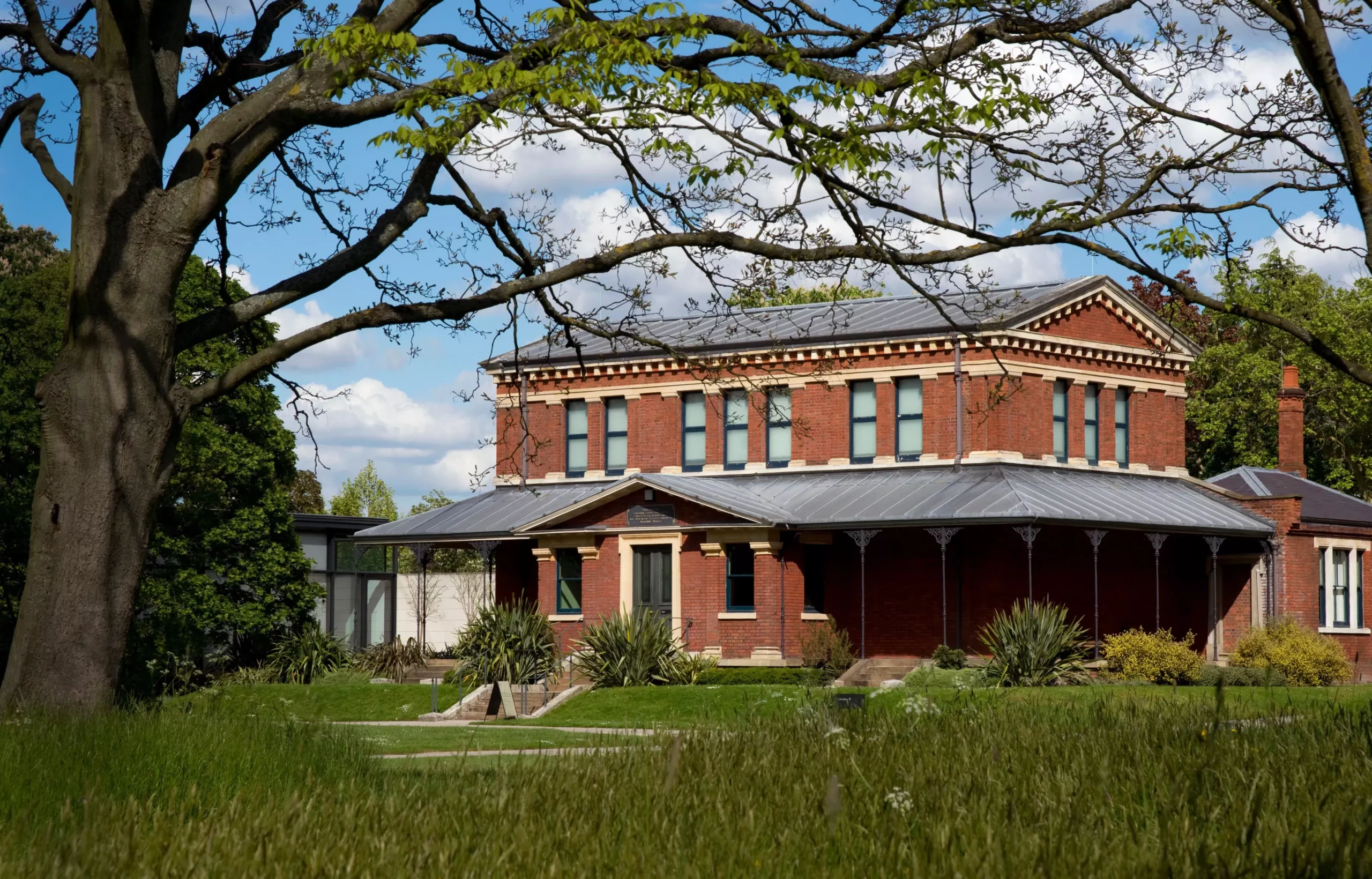
Marianne gave visitors an open window to all the exotic and different plants in the world. But she didn’t just want the public to see, she hoped that the paintings also educated, informed and expanded people’s world view. She collected many new species of plants. While some botanists were dismissive of her personal style of painting, it was acknowledged that she had made an extensive contribution to science.
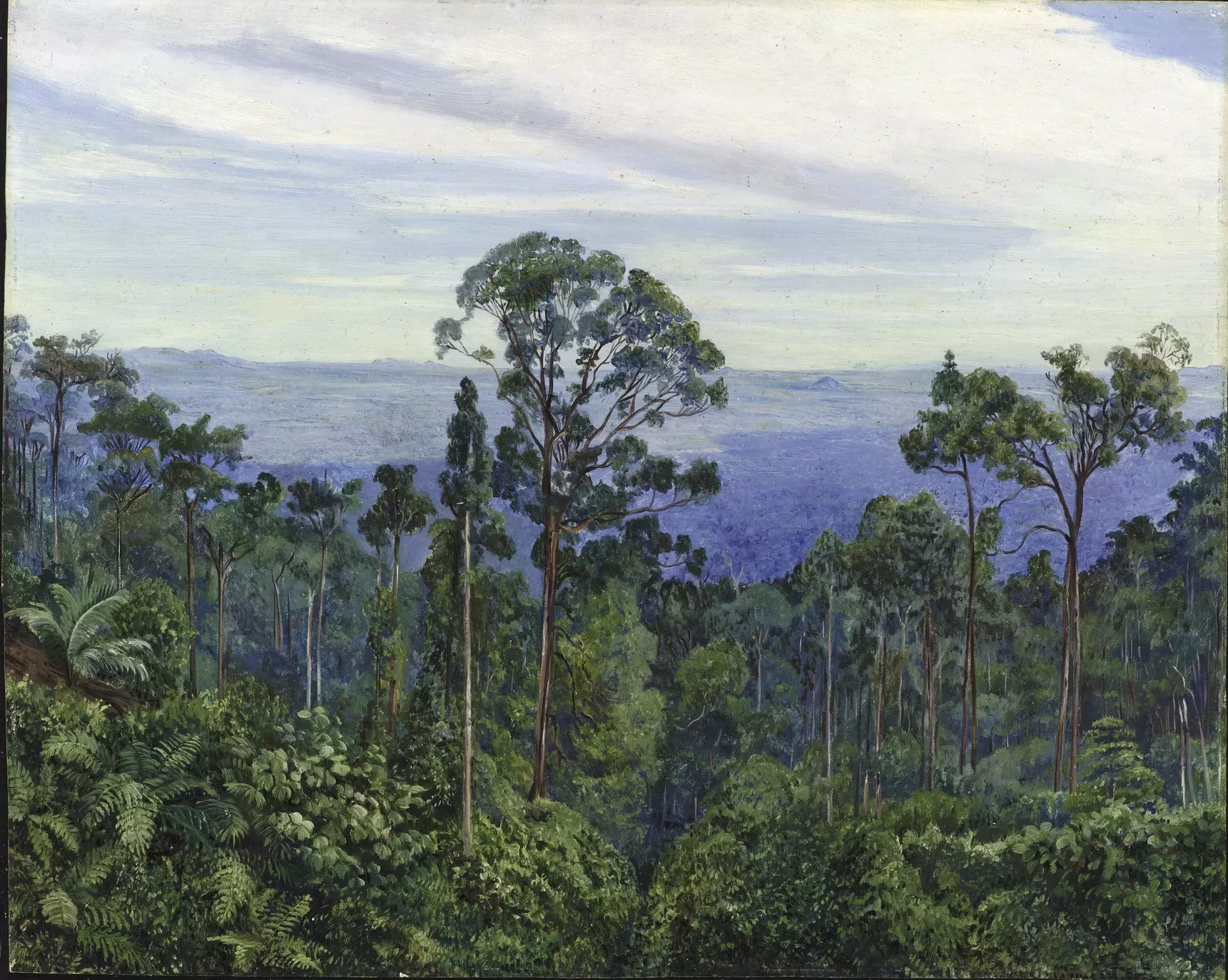
In the 1880s, Marianne’s health started to suffer so she decided she needed to find a home to enjoy the rest of her life in and found it in Alderley, Gloucestershire, in a remote old house. She shut herself away and wrote her memoirs. Her sister published Recollections after her death. Marianne died August 30 1890. A remarkable woman, when few travelled the world in those years alone, she was an amazing botanist making history.
The Marianne North Gallery is at Kew Gardens. Further information can be found here.
Image Credits: RBG Kew , Patche99z/Wikimedia Commons/Public Domain https://commons.wikimedia.org/wiki/File:Marianne_North_Gallery_821.JPG https://creativecommons.org/licenses/by-sa/4.0/.



